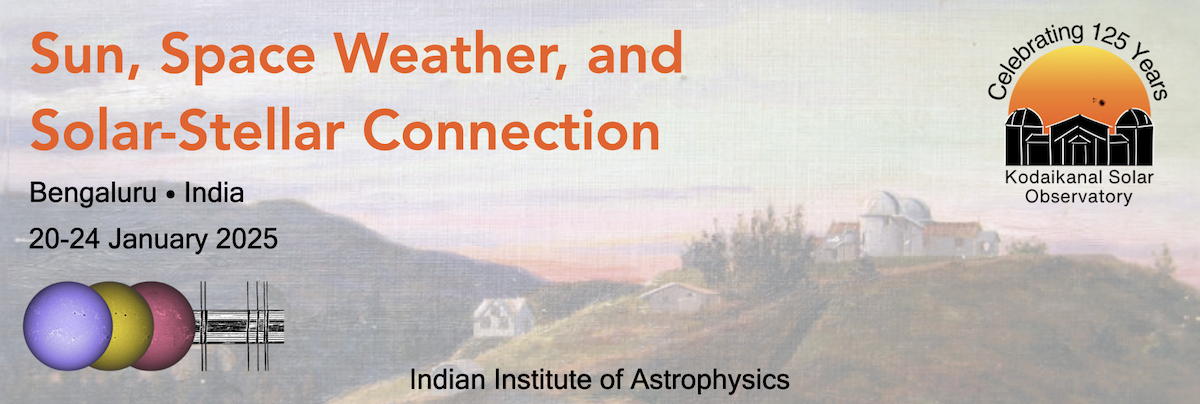Speaker
Description
The Hα line is widely utilized for studying the solar chromosphere, but there is a scarcity of polarimetric studies aimed at inferring magnetic fields. One of the many reasons could be that there are no polarimetric studies of the Hα line utilizing 3-D radiative transfer, and earlier 1-D radiative transfer studies suggested a significant contribution of the photospheric fields in the Stokes V profiles. In our recently published work, Mathur et al. 2023, using spectropolarimetric data of a pore simultaneously recorded in the Hα and Ca II 8542 Å lines we investigated the potential of Hα Stokes V profiles in determining chromospheric magnetic fields. Our findings suggested that the line core of the Hα line probes the chromospheric magnetic field. However, the previous study was limited to a small pore. In this study, using spectropolarimetric observations of an active region recorded simultaneously in the Hα and Ca II 8662 Å lines, we inferred the stratification of the chromospheric magnetic field. The sunspot exhibits multiple structures, viz., 4 umbras and a lightbridge and a region where Ca II 8662 Å line core is in emission. The Hα line core image also displays brightening in the emission region, a signature of localized heating, with the spectral profiles showing elevated line cores. Consistent with the Mathur et al. 2023, we found that the magnetic field inferred from the Hα line core is consistently smaller than that inferred from inversions of the Ca II 8662 Å line at log τ500 = −4.5, however, in contrast with Mathur et al. 2023, uncorrelated. The field strength and morphology inferred in the heating region from the inversions at log τ500 = −4.5 is comparable to that of at log τ500 = −1. There is also a good agreement with the field strengths at log τ500 = −1 with that inferred from WFA over Hα full spectral range, except in the heating region. In addition, the fields inferred in the heating region from the WFA over Hα line core and full spectral range are similar in strengths and morphology. In addition, we have also performed a theoretical study of synthesizing the polarization profiles of the Hα line in 3D. We show that the line of sight magnetic field retrived is sensitive to log τ500 = −5.7, which is at higher heights compared to the Ca II IR line. Thus, we suggest that the line core of the Hα line always probes the chromospheric magnetic field at higher heights than that probes by the Ca II IR triplet. In case of heating events, the full Hα line becomes sensitive to the chromospheric magnetic field instead of just the line core. Consequently, the Hα line spectropolarimetry is a valuable diagnostic for studying the chromosphere, especially in regions with localized heating, where the Ca II IR triplet lines probe deeper layers of the solar atmosphere.
| Contribution Type | |
|---|---|
| Theme | Solar Magnetism in High-Resolution |

